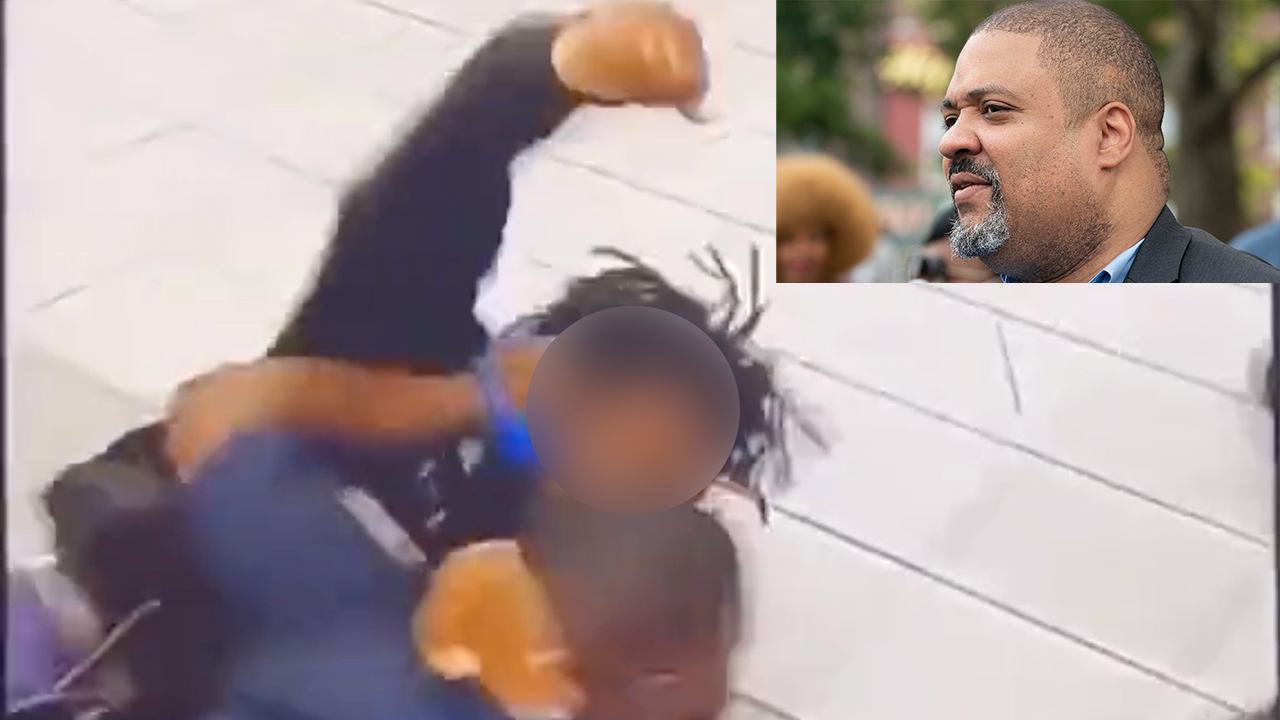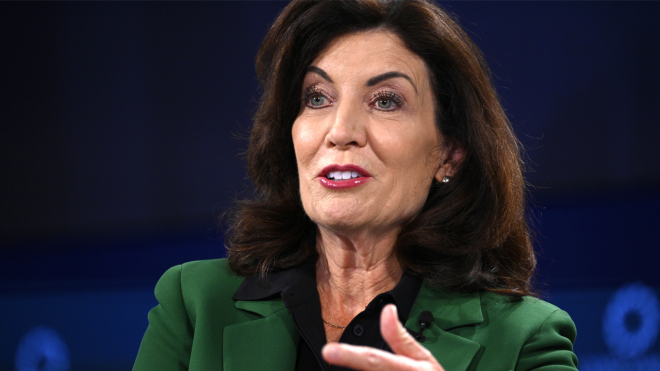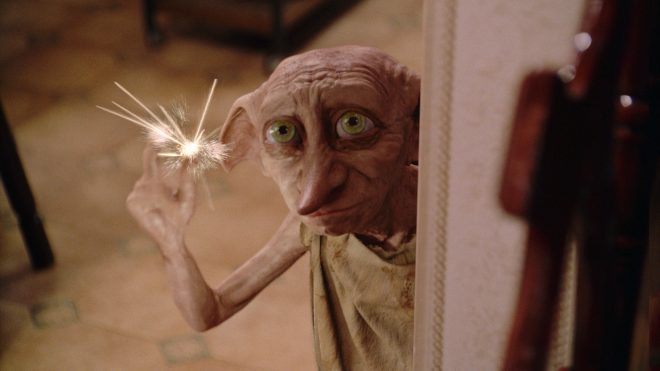According to experts, false information concerning drug-laced sweets circulates every Halloween. Author: Stefani Reynolds remove caption
switch to caption Author: Stefani Reynolds According to experts, false information concerning drug-laced sweets circulates every Halloween.
Author: Stefani Reynolds Leave out scary movies, haunted houses, and overly realistic décor. Trick-or-treating may be the scariest thing ever for some people due to their fear over candy that contains drugs.
Joel Best, a professor of criminology and criminal justice at the University of Delaware, stated that people “have very much stopped believing in ghosts and goblins, but we still believe in criminals.” “It resonates when we tell each other spooky tales about criminals on Halloween.” It connects modern worries to the holiday’s underlying cultural theme, which is “spooky stuff.”
NATIONAL Although worries about what a child might receive during trick-or-treating are common, false information has persisted notably this year.
The U.S. Drug Enforcement Administration first alerted the public to the presence of brightly colored fentanyl pills that mimic candy in August; these pills are now known as “rainbow fentanyl.” The DEA issued a warning that the tablets were part of a premeditated plan by drug gangs to market fentanyl, a highly addictive substance, to kids and teenagers.
Despite the fact that the organization expressly avoided mentioning Halloween, the DEA’s warning hasn’t calmed folks down this holiday.
However, according to drug specialists, there is no fresh fentanyl threat to children this Halloween.
According to Best, he has never once discovered “any proof that any child has ever been killed, or gravely harmed, by a candy found in the course of trick-or-treating” in the decades he has spent researching this subject.
The pandemic, crime rates, and the overdose epidemic, according to Brandon del Pozo, assistant professor of medicine and health services at Brown University, have all contributed to a generalized feeling of fear and anxiety.
Del Pozo remarked, “There is just enough about fentanyl in this case that is factual to make it a riveting narrative.” It is quite powerful. The cartels have actually given color to the numerous counterfeit tablets that are leading to fatal overdoses. Additionally, color has been employed by alcohol and tobacco firms to market to younger consumers.
The forthcoming midterm elections are another factor mentioned by Dr. Ryan Marino, a medical toxicologist, emergency physician, and specialist in addiction care at University Hospitals Cleveland Medical Center.
ELECTIONS Because this is an extremely heated election year with very high partisan politics, he added, “It also seems to have gotten heavily politicized.” Additionally, it appears that fentanyl is being used for political ends.
According to Sheila Vakharia, deputy director of the Drug Policy Alliance’s department of research and academic engagement, the attention that false information about rainbow fentanyl receives detracts from the realities of the overdose crisis.
In the past 20 years, the drug overdose pandemic has cost more than 1 million lives, and the number of overdose deaths only keeps rising, she said. According to the National Institute on Drug Abuse, drug overdose deaths accounted for about 92,000 fatalities in 2020.
“When we talk about fentanyl and see it in the news and we realize that people are dying from overdosing on this substance,” she added, “we should think: How can we keep people alive?” And how can we ensure the survival of those who are most at danger of exposure?
While experts agree that parents shouldn’t worry too much about drug-laced candy when they take their children trick-or-treating on Halloween, they also predict that the controversy around rainbow fentanyl will eventually die down.
I don’t think rainbow fentanyl will be around for another year, said Best. But should we be concerned about Halloween food poisoning? Absolutely. Every year, we worry about it.’













